Smart search shirt: AHRS invention group’s garment will report rescuers’ vital signs and location
| Published: 04-11-2024 6:22 PM |
AMHERST — Often during search-and-rescue efforts, emergency personnel in the field prioritize helping those lost, trapped or otherwise in trouble, rather than focusing on their own safety and well-being.
Understanding the risks they take, a group students at Amherst Regional High School, known as an InvenTeam, is creating a smart garment that can easily be put on and worn by rescuers, allowing their heart rates and core temperatures to be measured by sensors that then wirelessly transmit the biometric data, along with GPS tracking, back to a central command. There, command staff can see immediately how the emergency personnel are doing, as well as showing their location.
As one student is at a table soldering a component to a circuit board for sensing and transmitting the vital signs, another student uses a sewing machine to waterproof the part of the garment that will hold the electronic components. This is all part of a project being supported through a $7,500 grant from the Lemelson-MIT Program, founded in 1994 by Jerome H. Lemelson, one of the most prolific inventors in American history, and his wife, Dorothy. Amherst was one of eight teams selected to participate.
Calling it the Search and Rescue Assistance Hardware, or SARAH, Yatharth Rajakumar, a freshman member of the team, explains that the project is in the home stretch now that the first garments have been fabricated.
“We have a shirt that being’s built, and that’s great,” Rajakumar said. “But we need the software to get to the database.”
Having built new prototypes and prepared circuit boards, the critical part now will be having the chips connect to the internet and smartphones.
“We want to make sure our system is not only working, but that it’s comfortable,” Rajakumar said.
The use of electronics, coding and garment design, as well as bookkeeping and accounting, are part of the project supervised by adviser John Fabel, who observes the InvenTeam is most analogous to a start-up company, with a communications team, a technology team and a hardware and software team.
Article continues after...
Yesterday's Most Read Articles
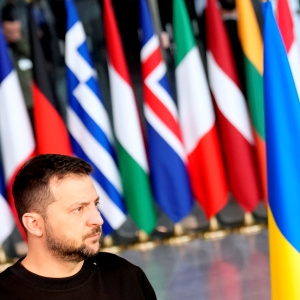 Susan Tracy: Support Ukraine funding
Susan Tracy: Support Ukraine funding
 Jack Tullos: UMass gets a Big MAC
Jack Tullos: UMass gets a Big MAC
 Jena Schwartz: Things I have not said
Jena Schwartz: Things I have not said
 Next 5-story building cleared to rise in downtown Amherst
Next 5-story building cleared to rise in downtown Amherst
 Three Amherst Regional Middle School counselors absolved of Title IX offenses
Three Amherst Regional Middle School counselors absolved of Title IX offenses
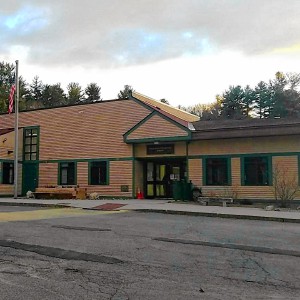 Shutesbury Elementary School principal leaving in June after 10 years
Shutesbury Elementary School principal leaving in June after 10 years
Fabel, who teaches engineering and physics, said the students’ focus is on how to become successful innovators, something he has professional experience with, and trying to solve a problem, in this case how to make search and rescues more efficient and safe.
The students are developing their own circuit board, making it moisture-resistant, and allowing the device to talk to a cellphone or cell tower directly through an Application Programming Interface, or API. The students also had to think a lot about how to design the device, he said, such as ensuring that in sealing it up in the garment, the person wearing it wouldn’t experience interference in their work, and that the garment is also ergonomic.
“What students have created knits together different pieces of technology,” Fabel said.
The idea to apply to the Lemelson-MIT Program came last summer from students who are part of the Aerospace Club. Once chosen to participate, students originally thought about the possibility of developing drone technology to locate missing people, but then turned to the current idea after discussions with Fire Chief Tim Nelson, Fire Capt. Steven Chandler and Department of Conservation and Recreation Regional Director Peter Michaels.
These emergency personnel informed them that any wearable technology would have to be able to be put on quickly and shouldn’t weigh a person down, while others with expertise in successful innovation gave advice on how to solve the open-ended problem they were undertaking.
“When they listen to the stories, they are pointing to where the solution lies,” Fabel said.
Nelson said when emergency personnel first begin a search and rescue, they have adrenaline. The technological garment will show how this is affected over time.
“Folks are going to push and push and push, and may push too hard,” Nelson said. “This is great for situational awareness and watching out for the well-being of rescuers.”
As the training and safety officer for the Western Massachusetts Technical Rescue Team, Chandler gave the students information on how their device might be used by those scaling or descending cliffs or accessing other treacherous areas.
“We talked about the locations for the (biometric) sensors, what might get in our way, whether it would be comfortable, and where the data would go,” Chandler said, advising the students that that since cellphones already track the location of rescuers, the bigger concern is getting information about pulse, temperature and hydration.
“Right from the beginning they engaged with quality questions,” Chandler said.
The students also have gotten to meet with Matt Jacobs, the founder of CalTopo, a mapping tool used in search and rescue. From him, they learned how to integrate their project and the biometric data collected from emergency personnel into SARTopo, or the Search and Rescue CalTopo mapping.
Will Larson, a senior at the high school and the communications team lead, said students have been meeting at times after school, as well as occasionally on the weekends, to bring the wearable technology to life. “We work specifically on the project we applied for the grant with,” Larson said.
Libby Smith, a freshman, was creating a pocket in the garment to hold some hardware, testing it to make sure that the plastic lining would protect the gear from moisture. Smith said this has been a fun project to work on because of its real-world application.
The end result will be presented as part of a three-day event at EurekaFest at Massachusetts Institute of Technology from June 10 to 12. “It will be the world’s greatest show and tell,” Fabel said.
Now that completion is near, Larson said students who have been part of the team are thrilled. “They’re very excited about the project,” Larson said.
Because the group has 15 members — only six will have their expenses covered for the visit to MIT — the InvenTeam is doing fundraising, including setting up a GoFundMe page, coordinating bake sales and trying to make a match for a donation coming from residents John and Elizabeth Armstrong.
Nelson said the students are focused and earnest. “This has been a great project to be part of, and in the end it will help us do our job,” Nelson said. Chandler, too, said he can’t wait to see the finished product.
In the end, Fabel said students aim to have a product that is both novel and can even be patentable.
“There’s nothing specifically like this that exists, so they are preparing a provisional patent,” Fabel said.

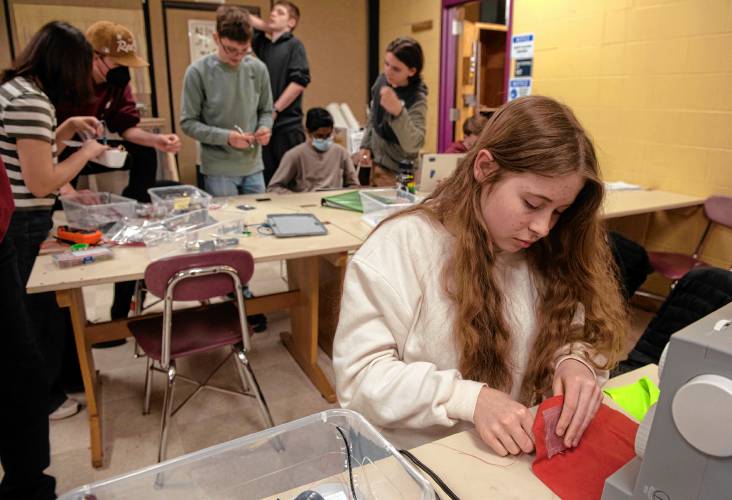
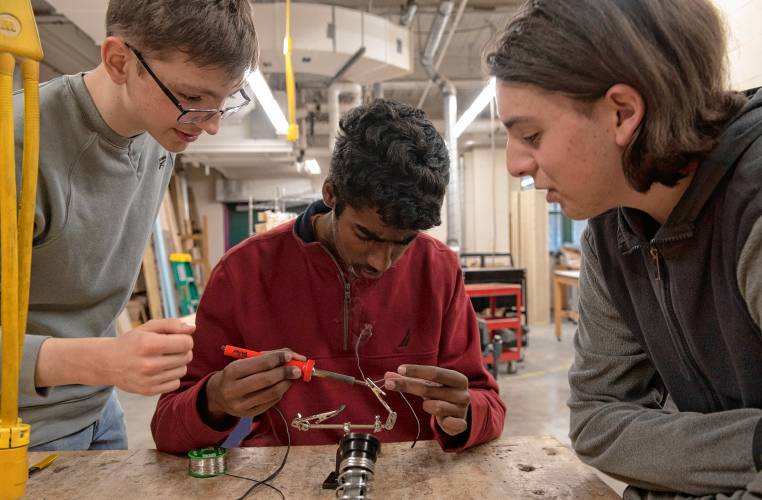

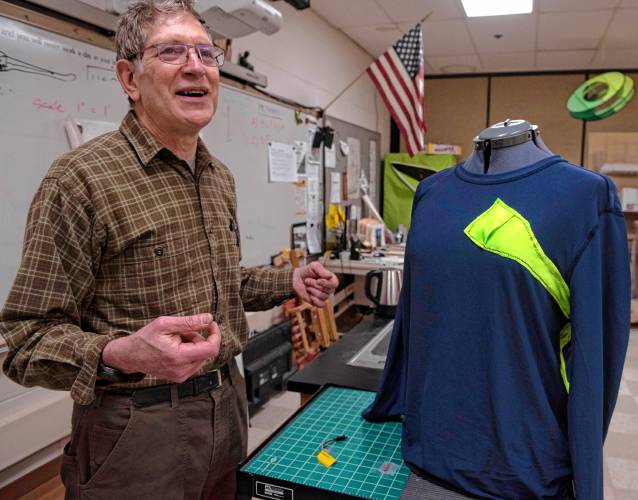


 Gravel pit defenders in Granby make case
Gravel pit defenders in Granby make case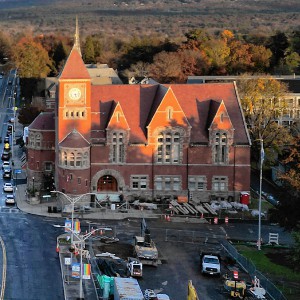 Amherst council approves mandatory rental inspection program
Amherst council approves mandatory rental inspection program Amherst officials cool to bid to double spending hike for regional schools
Amherst officials cool to bid to double spending hike for regional schools